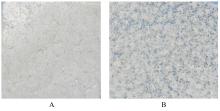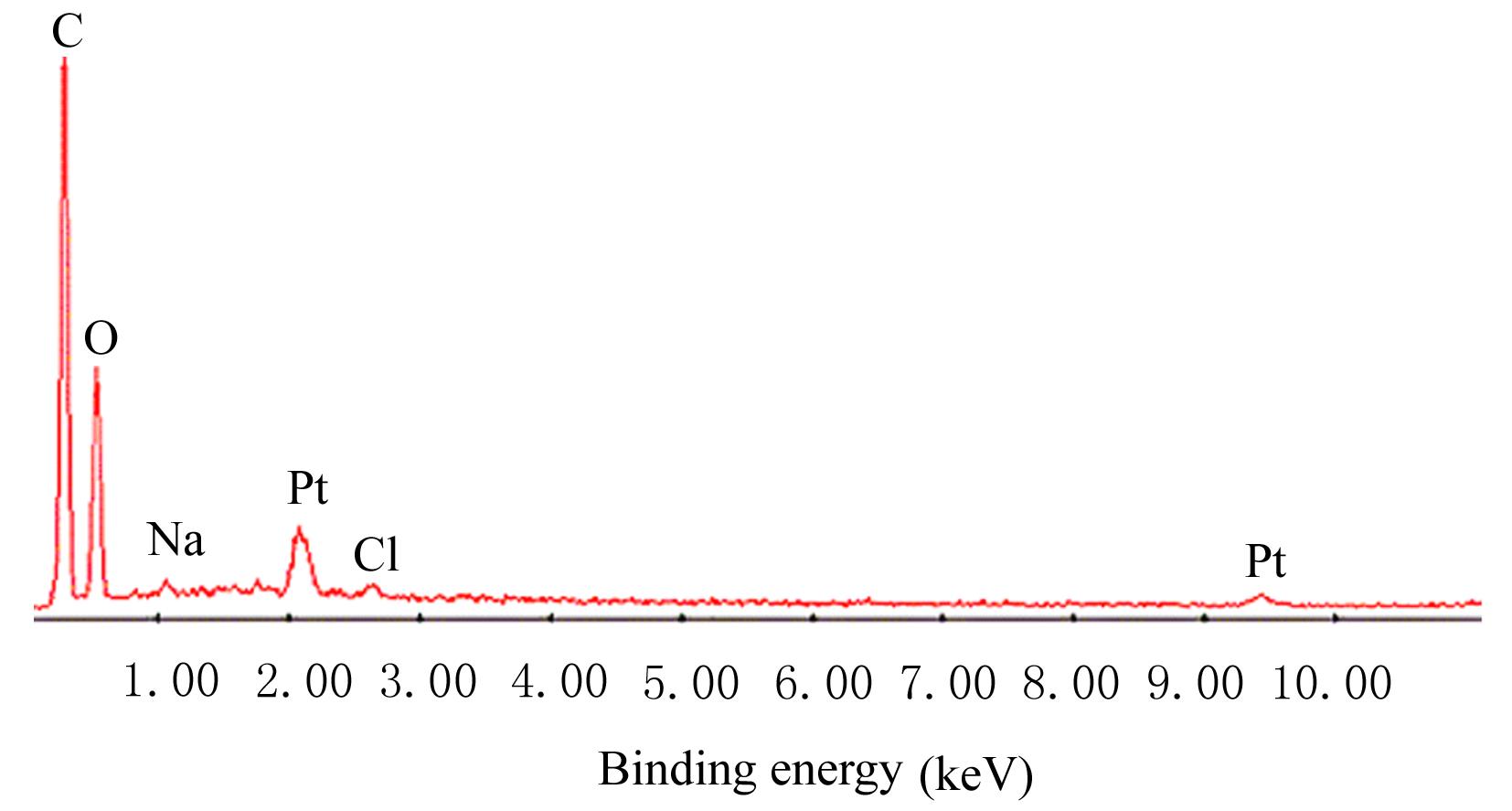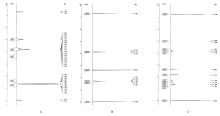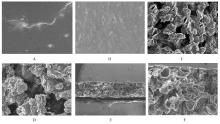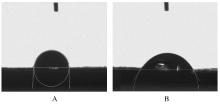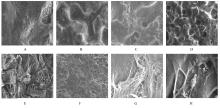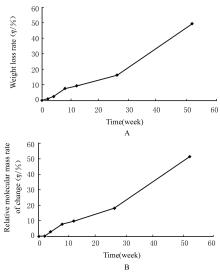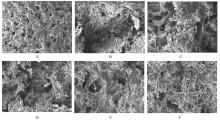| [1] |
Degeng XIA,Qingyu ZHANG,Junjun JIAO,Tingrui XU,Tianyi ZHANG,Yang ZHONG,Zhulan ZHAO,Ning MA,Li ZHANG.
Multidisciplinary aesthetic restoration of anterior dental area of patient with failed treatment experience: A case report and literature review
[J]. Journal of Jilin University(Medicine Edition), 2022, 48(4): 1058-1064.
|
| [2] |
Eerdemutu,Yanyan WANG,Yingying LYU,Guilin CHEN,Junrui WANG.
Genotyping,antibiotic resistance, and biological characteristics of panton-valentine leukocidin gene-negative Staphylococcus aureus
[J]. Journal of Jilin University(Medicine Edition), 2022, 48(4): 971-978.
|
| [3] |
Peipei ZHANG,Donghui GAO,Yue TIAN,Hongyan LI.
Effect of guided biofilm therapy for periodontitis in diabetic patient: A case report and literature review
[J]. Journal of Jilin University(Medicine Edition), 2022, 48(2): 493-499.
|
| [4] |
Zhulan ZHAO,Qingyu ZHANG,Degeng XIA,Yang ZHONG,Tianyi ZHANG,Yu HUANG,Li ZHANG,Ning MA.
Clinical repair effect of combined orthodontic treatment with implant prosthesis in severe invasive periodontitis:A case report and literature review
[J]. Journal of Jilin University(Medicine Edition), 2021, 47(5): 1292-1297.
|
| [5] |
HUANG Yu, ZHAO Zhulan, ZHONG Yang, XU Lishuo, LIU Chenguang, MA Ning, ZHANG Li.
Soft tissue augmentation and bone regeneration combined with immediate implantation of patient with severe chronic periodontitis:A case report and literature review
[J]. Journal of Jilin University(Medicine Edition), 2020, 46(05): 1082-1086.
|
| [6] |
LIU Dongning, YANG Mingxi, LIU Xinchan, LI Yan, WU Zhou, YU Weixian.
Inhibitory effects of zinc-doped carbon dots combined with blue light radiation on growth and biofilm formation of Staphylococcus aureus
[J]. Journal of Jilin University(Medicine Edition), 2020, 46(03): 515-522.
|
| [7] |
CHEN Chen, HAN Qing, CHEN Bingpeng, WANG Chenyu, ZHANG Kesong, YANG Kerong, WANG Jincheng.
Application of individualized semi-shoulder prosthesis for proximal humerus reconstruction under assistance of 3D printing technology
[J]. Journal of Jilin University(Medicine Edition), 2019, 45(03): 614-620.
|
| [8] |
JIAO Peng, CHEN Fei, JIN Quan, CHEN Nannan, ZHANG Li, MA Ning.
Comprehensive treatment of anterior esthetic zone in patient with loosening and falling of teeth induced by severe periodontitis: A case reeport and literature review
[J]. Journal of Jilin University Medicine Edition, 2018, 44(02): 421-424.
|
| [9] |
CHEN Fei, SHI Jinxian, JIAO Peng, JIN Quan, XU Lishuo, ZHANG Li, MA Ning.
Periodontal surgical treatment in patient with residual root and crown of anterior teeth induced by unfitting prosthesis: A case report and literature review
[J]. Journal of Jilin University Medicine Edition, 2018, 44(01): 170-174.
|
| [10] |
CHE Hongze, CHE Yanhai, LU Qing, CHEN Nannan, CHEN Fei, JIN Quan, MA Ning.
Repair effect of nHA-Mg porous composite materials modified by PLGA on jaw bone defect of rabbits
[J]. Journal of Jilin University Medicine Edition, 2017, 43(02): 276-280.
|
| [11] |
ZHU Yang, LI Daowei, FANG Tengjiaozi, SHI Ce, WANG Dandan, SUN Hongchen.
Promotive effect of PLGA nanofiber scaffold adsorped Epo gene mediated by adenovirus on bone defect repair
[J]. Journal of Jilin University Medicine Edition, 2015, 41(04): 711-715.
|
| [12] |
JIANG Jun-ru,LIU Lan,SHEN Li,CHU Li-juan,ZHANG Jia-xing,WANG Lei,ZHOU Wei,FU Xiao-hong.
Biofilm formation of nontypeable Haemophilus influenzae in vitro and morphology of biofilm underscanning electron microscope
[J]. Journal of Jilin University Medicine Edition, 2014, 40(04): 729-733.
|
| [13] |
LIU Rui,LI Ming-he,JI Xin,HAN Cheng-min.
Evaluation on biocompatibility of carbon-fiber-reinforced polyether-ether-ketone after implantation in rabbit models with single bone cortex defect of mandibula
[J]. Journal of Jilin University Medicine Edition, 2014, 40(03): 569-573.
|
| [14] |
CHEN Sheng|YU Jia-lin|LUO Ze-jia|HE Nian-hai|SUN Feng-jun.
Effects of mesna combined with ciprofloxacin on biofilm of Pseudomonas aeruginosa
[J]. J4, 2012, 38(4): 623-627.
|
| [15] |
GAO Xin,HE Zhong-qin,WANG Cheng-kun,ZHANG Zhi-min,WANG Zhi-gang,ZHONG Cheng,OUYANG Jie.
Physicochemical characteristics of calcinated bone ceramics used for bone defects repair
[J]. J4, 2009, 35(1): 138-141.
|
 )
)
